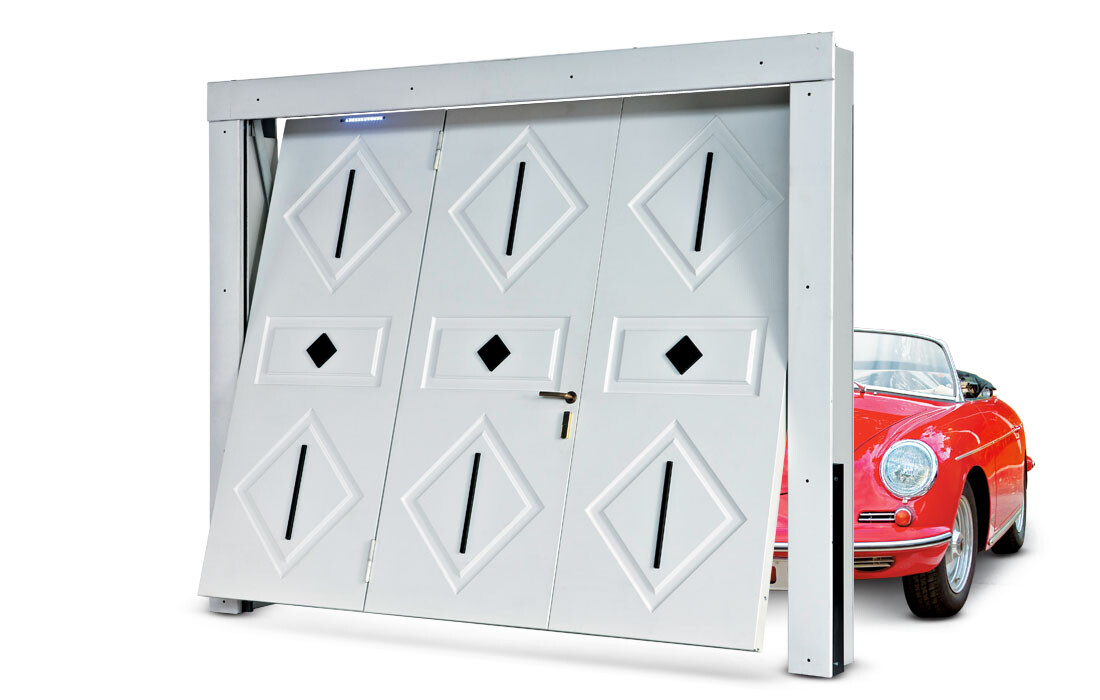Swing-Up Safety Garage Door: Tips for Choosing the Best One
Not all swing-up garage doors are suitable for you
Based on the type of installation, the use you’ll need to make of it, the intensity of usage, and many other factors, you can purchase the best garage door by choosing it based on the most appropriate characteristics and components
Indeed, not all doors have the same application. Let’s examine the most common ones and analyze what the best garage door for you must have to meet your needs.
How to Choose a Residential Garage Door
In this article, I’m considering the most common installation: residential use.
It’s apparently the simplest and most obvious, but you need to be very careful when choosing the swing-up door for a single-family home for residential use.
First of all, you need to ask yourself if your door will serve:
- Solely as an entrance to the garage, or
- As direct access to the house.
In the first case, the door must have accessories that make the most of the garage entrance.
If you only enter and exit with the car, you need to consider how many times you’ll pass through that door because based on the accesses, you’ll need to choose a door with targeted characteristics.
How many times will you open your swing-up door?
Let’s get into specifics:
- A door that opens once a day can have a cable with a diameter of 3 millimeters and a plastic pulley.
- If you already open it 5/10 times a day, we’re talking about 3600 annual openings.
In this case, you should consider purchasing a door with a thicker cable because it will be able to withstand a higher frequency of use.
The plastic pulley is fine if you use the door once a day, but if you open the door 5 to 10 times, that pulley will be subject to rapid wear.
If you’re interested in delving deeper, you can also read my article on what a pulley is and what it’s used for in swing-up doors (and why it’s important).

Pedestrian Door: Advantages and Safety
If you also access the house from the garage, consider two aspects carefully:
- The pedestrian door
- Safety
The pedestrian door has many advantages ranging from practicality to savings:
- By constantly passing on foot, you won’t need to open the entire door every time, you won’t always need to have the remote control with you, and you’ll significantly reduce the work cycles of the door and the installed motor (if the door is automated).
- You’ll save both on reduced electricity consumption because fewer cycles mean less consumption, and on the side of energy savings.
- Imagine, especially in winter, when you enter or exit through a 3-meter wide door, if the room is even slightly warm, all the heat will escape in no time, and the adjacent heated rooms will also suffer.
Regarding safety, however, I have to reiterate a point I’ve made several times: not all swing-up doors are safe.
Unfortunately, the battle of prices and the race to the bottom have lowered the quality!

Secure Swing-Up Garage Door: What Should It Have?
It’s a question I’m often asked: what should a secure swing-up door have that others don’t?
The structure, the cladding, the operation, the lock: these are the main safety qualities you should check when buying a door for your home.
Let’s analyze each one individually.
The Structure
The structure is composed of two main parts, one fixed and one mobile
The fixed part is the “supporting” part, the one that supports all the movement of the swing-up door.
It includes the counterweights, the uprights, and the upper crosspiece. The pulleys are mounted on this part, the side arms are attached, and the cables run on it.
When you go to buy a swing-up door, make sure the structure is sturdy, that it doesn’t have components in thin sheet metal (even just to cover the counterweights), and that all the components installed on it have an anchorage with a high degree of resistance
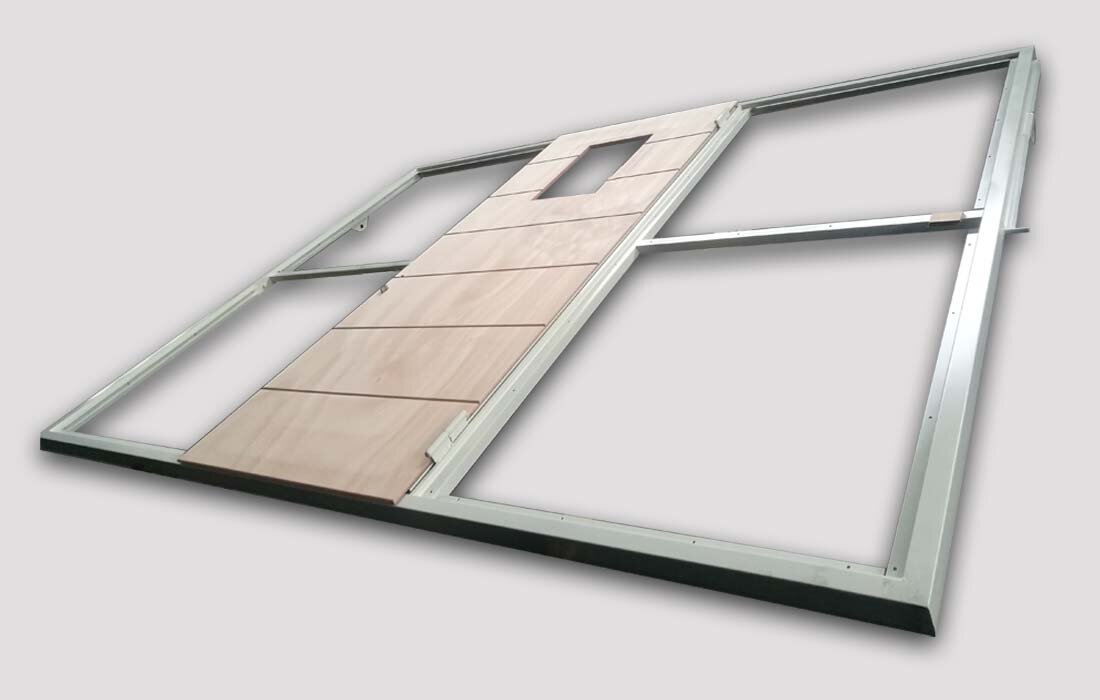
Yes, but how do you do it?
Ask if the door you want to buy needs to be walled with vertical brackets to be installed.
If so, then you won’t have a fixed supporting structure! If it’s not walled, then it will be anchored; if the anchors are only in the upper part of the vertical uprights, then you’re facing a real supporting structure, on the contrary, if the anchors are to be fixed over the entire height, then you’re facing a non-supporting structure
Just this will make you discard the subsequent steps
If you’re looking for a secure swing-up door, then it must have a supporting structure!
The Warping
On the mobile structure, what you need to check is the warping. A structure that warps can be bent and therefore won’t be safe.
The Pin
Another element you need to observe is the pin: this is the element that connects the opening leaf to the lifting cable
Always check if this pin is welded to the frame or screwed: in economical swing-up doors, it’s usually welded directly to the frame
In this way, some expensive fixing elements are eliminated, and a lot of labor that instead is required to install a threaded pin.
Ok, but is this a real problem?
Perhaps not in terms of functionality, but as you know, accidents happen, maybe not by your will, but if someone were to hit the door and bend the pin?
In this case, it’s painful! You’ll be forced to make a repair that won’t bring the door back to its initial functional state and will cost you a lot of money
But what if this pin were screwed instead?
Just unscrew the old one to put in the new one. Here, the little extra you spent initially to buy a secure swing-up door, you saved in this intervention, and your door will always be as perfect as the first day.
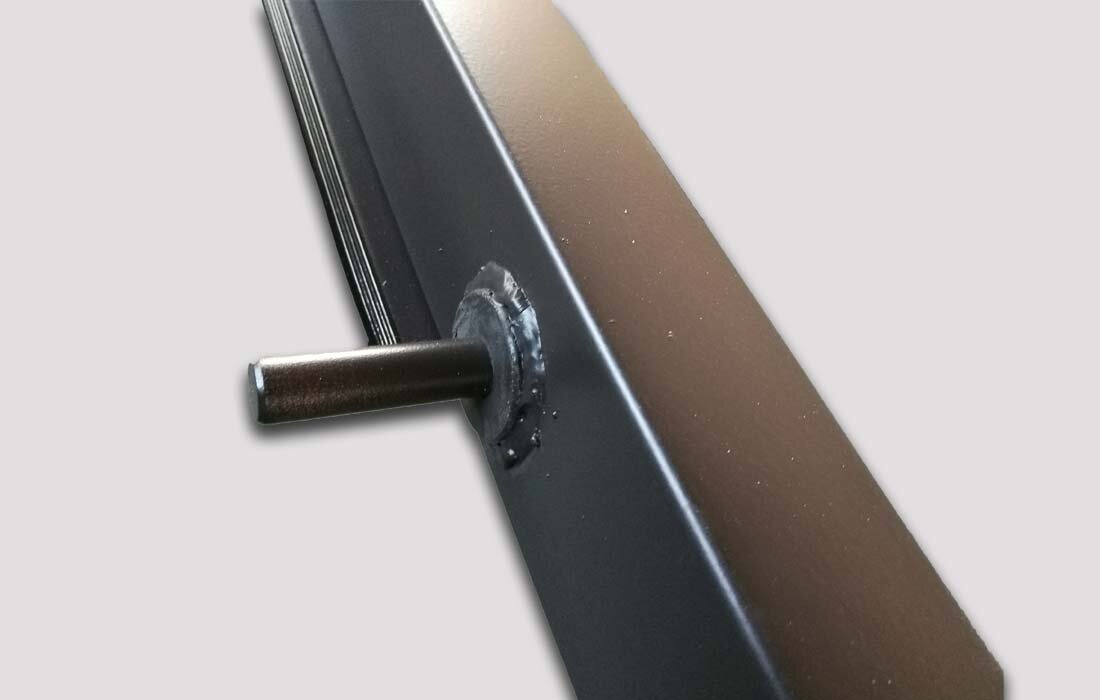
The Side Arms
Now, as you’re analyzing the structure, also check the side arms.
Check what material they’re made of.
They’re usually made of iron, but what are their dimensions?
Now I’ll start the other way around and tell you that a swing-up door with arms with a section of 5 centimeters in width and 8 millimeters in thickness is a secure swing-up door!
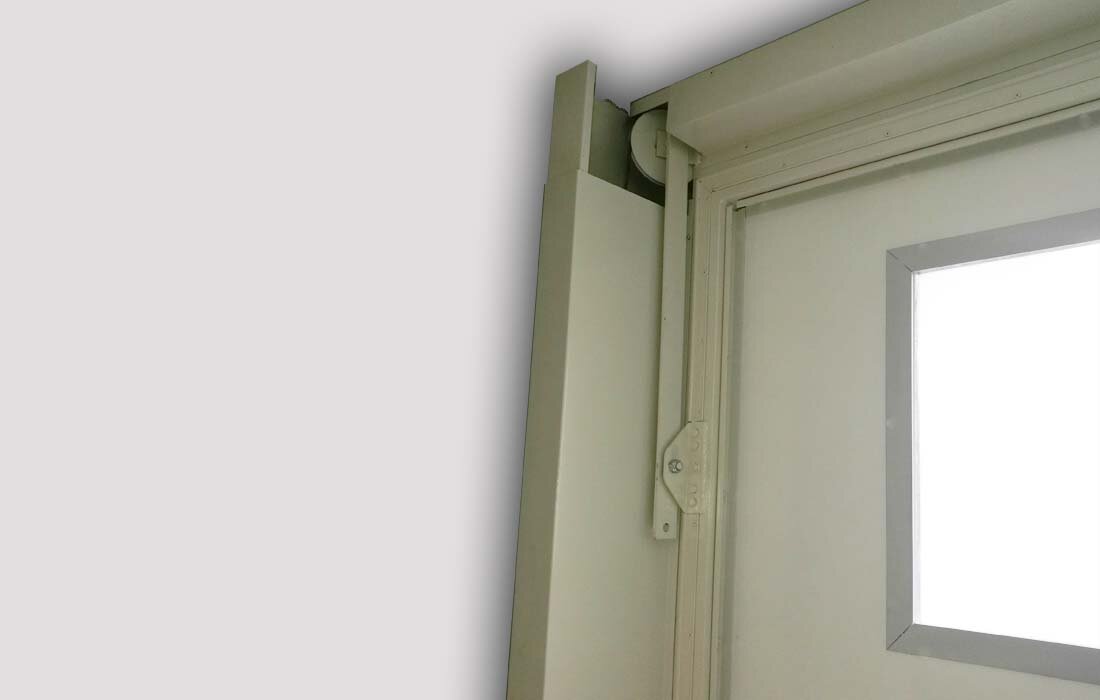
The Cladding
The cladding can be made of various types of materials. The most well-known is galvanized sheet metal. Let’s examine it.
A safe cladding must be thick! It shouldn’t open with a can opener!
Commercial sheet metal starts from 3/10 (one third of a millimeter!)
Ask for the thickness of the sheet metal! If it’s below 8/10 (eight tenths), you’re facing an economical door that won’t give you security, but if they propose coverings ranging from 8/10 to 12/10, then you’ll have security.
These thicknesses require more complex equipment to be cut and broken into.
There are also marine plywood coverings.
These allow for a more refined aesthetic, but even here, pay close attention to what they propose to you and therefore what you buy
Commercial sizes usually start from 14 mm. For a swing-up door, this thickness is too little.
A panel 1 meter wide with this thickness tends to deform. If you want a product that won’t have surprises in the future, go for coverings starting from 20mm, preferably 25mm to 30mm.
Marine plywood is a wood panel composed of multiple layers glued together. Imagine going to a delicatessen and getting 10 slices of ham cut. Instead of putting one on top of the other as you’ve cut them, put them one on top of the other but rotated 90 degrees from each other. You’ll lay the first one horizontally, the second one rotated by 90 degrees, the third one you’ll put back like the first, and so on. Each layer is glued with the grain perpendicular to the one below.
This system avoids any breakage because the wood grains compensate for each other between one layer and the other. The plywood panel, not cracking, won’t cause damage to the paint because no cracks will form, and consequently, your door won’t need maintenance.
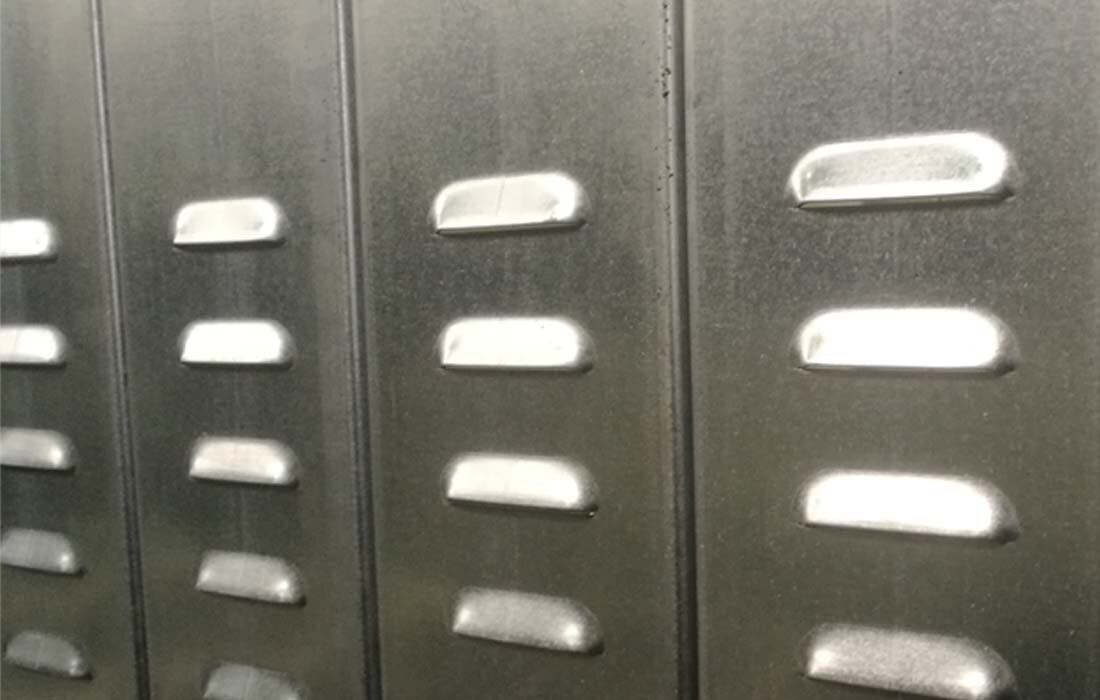
The Operation
This detail is always underestimated!
For many, the operation of a swing-up door is the same for everyone, but it’s not quite so. As I told you above,
A swing-up door that warps can be subject to aggression and can give in to attempted burglary. When purchasing, test the torsion
How to do it? Simple!
Open the door not by grabbing it from the center but from one side, and you’ll immediately see how much it warps.
If you want to know if your swing-up door falls under the category of “secure swing-up door”, then hold the door still from one side, open at 45°, and try to close it from the other side:
- If the door withstands this stress, you’ve hit the jackpot, it’s secure! This is a truly safe door, both against burglary and accidents, because it can never come off its pulleys!
- If instead the door warps, then DO NOT insist because it could fall on your feet!
It’s for this reason that on all secure swing-up doors, we offer you the unique guarantee: “If it warps, it’s free!”
The Lock
It’s the mechanism that keeps the door closed if it’s not motorized. A good lock defends our door well.
There are really many locks on the market. There are single-bolt locks, double-bolt locks, locks with 3 closing points, and ‘H’ locks with 4 points.
They’re all fundamentally valid if the above characteristics are present.
If you install a 4-point lock on a door that has a 3/10 sheet metal and with a can opener, I can cut the sheet metal, the 4-point lock won’t serve any purpose!
There are, however, fundamental points to check, and one of these is the latch.
A classic latch, whether round or skull-shaped, is easily attacked from the outside with a cordless drill.
But if we add a defender (protection) against drilling on this latch, then the story changes completely, and your serenity will be complete.
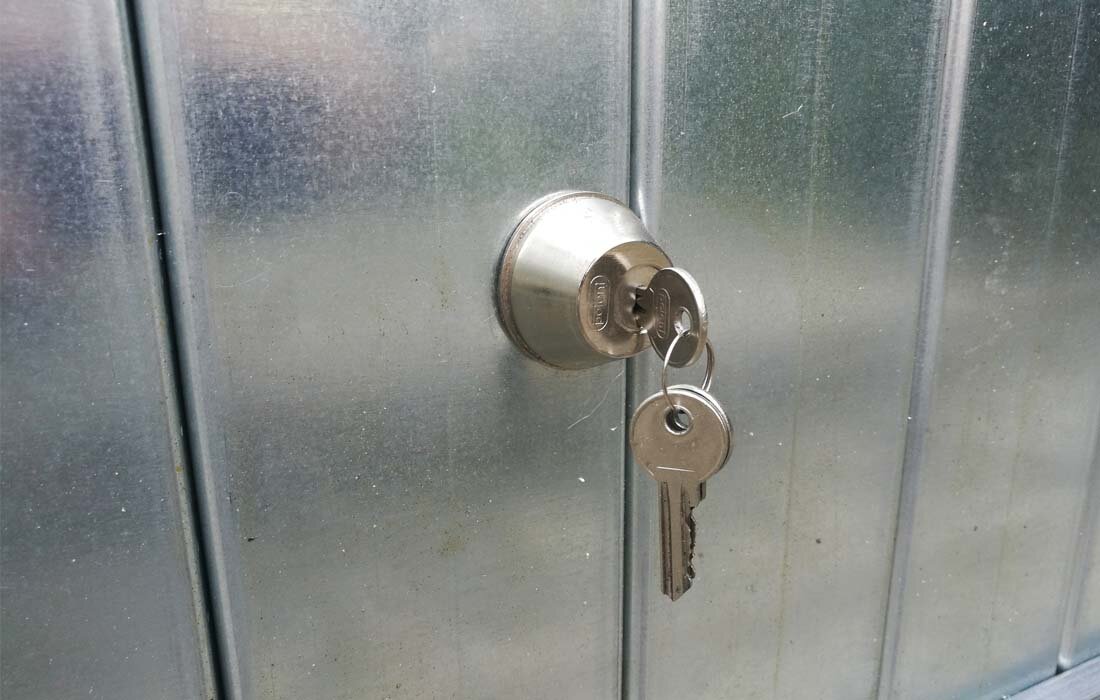
Where ‘s the Lock installed?
Also, check where the lock is installed.
It’s usually positioned at the top with a single rod that closes at the top. In this case, if there’s no anti-torsion structure, that lock won’t serve much because the door can be bent from one side.
My advice is to install a lock 15 cm from the ground with an external anti-drill protection and with two bolts that close on the sides. Possibly with solid iron rods.
Preferably choose the type of lock that, if forced, breaks and remains closed. In that case, you’ll be sure that a break-in on the lock permanently blocks the door.
Conclusion
In this article, I’ve analyzed the main points to avoid mistakes in choosing the door for your garage.
In the next ones, I’ll tell you what the fundamental characteristics an industrial and condominium door must have.
Now, if you want more information, all you have to do is click here



